Grid-09

Grid-09 is made up of only 3 shapes: a triangle, half a cross, and a large shape that extends across the bottom.
When I started this piece I had no clear source of inspiration. I started with the top row of triangles, then I duplicated that row and rotated it 180 degrees so the new row of triangles pointed in the opposite direction. I noticed that both rows of triangles put side-by-side would form a diamond. I though of other common/simple symbols and a cross came to mind. I did the same thing with the cross. The offset or split in the shapes made them look like each row of vertical halfs was scrolling vertically in opposite directions, which meant that half the time this movement would result in whole diamonds and crosses, but mixed symbols the other half. With diamonds and crosses intertwining so closely, I couldn't help think of money, religion, and their close relationship. As a final step I wanted to put these split shapes on a stage (or altar) to symbolize their importance and glorification.
The holiness of the cross and the power of money are brought down from their pedestal through repetition and duplicity. Put a coin in the slot machine and no matter how many times you go for a spin, religion and money always seem to get in the mix.
Introducing Gridz
Gridz are abstract art pieces with the following characteristics:
- Have a minimalist design
- Are drawn using a grid as aguide (usually from 8x8 up to 20x20)
- Use only staringht lines that start and end at grid crossings
- Use repetition and space creatively and thoughtfully
- May implement familiar/thought-provoking shapes and symbols
-
Do not use suggestive titles



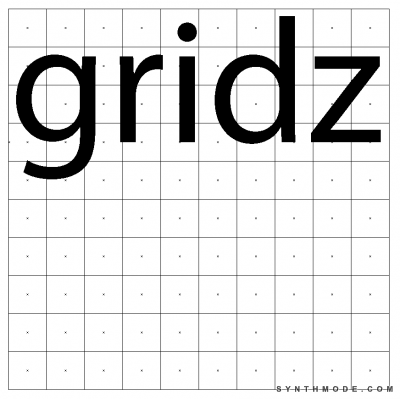
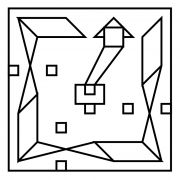
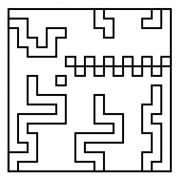
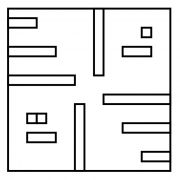
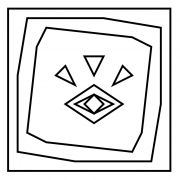
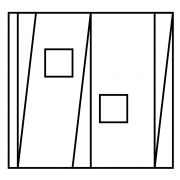

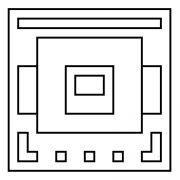
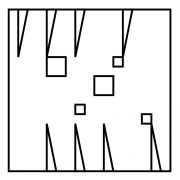
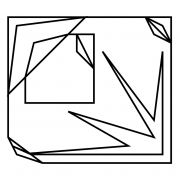
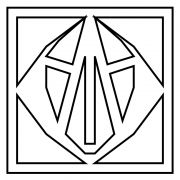
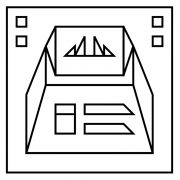
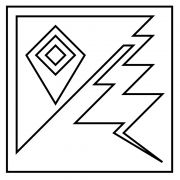
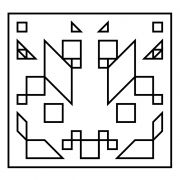
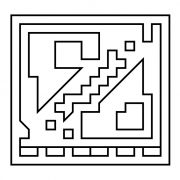
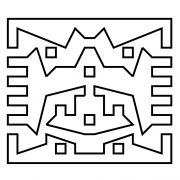
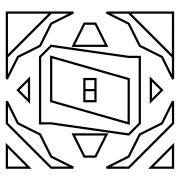
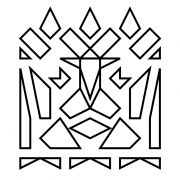
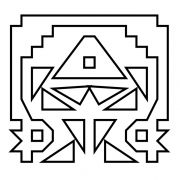
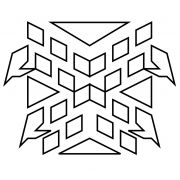
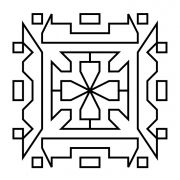
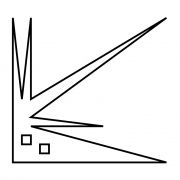
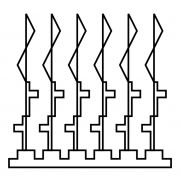
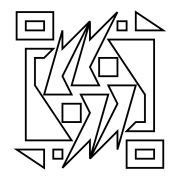
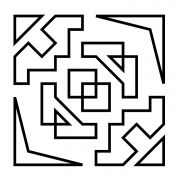
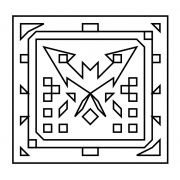
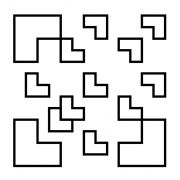
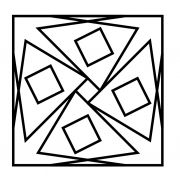
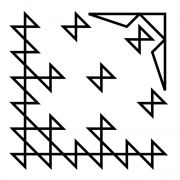
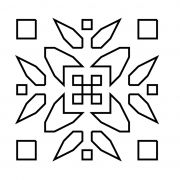
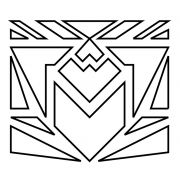
Add new comment